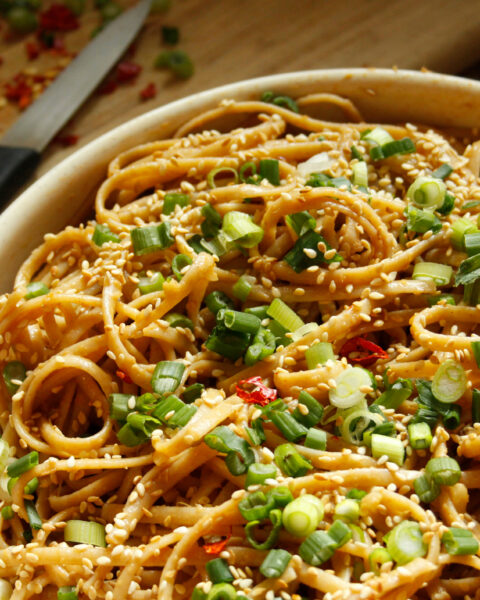Food is such an integral part of our lives, yet there are so many fascinating facts about it that most people don’t know. These interesting tidbits can surprise you, make you laugh, or even change the way you think about your favorite snacks. From the peculiar history of common ingredients to unexpected truths about everyday produce, these food facts are sure to entertain and inform.
Contents
- 1 Honey Never Spoils
- 2 Chocolate Was Once Used as Currency
- 3 Carrots Were Originally Purple
- 4 Tomatoes Are Botanically Fruits
- 5 Peanuts Aren’t Nuts
- 6 Apples Float in Water
- 7 Bananas Are Berries
- 8 Pineapple Eats You Back
- 9 Potatoes Were the First Food Grown in Space
- 10 Raspberries Are Not True Berries
- 11 Cashews Grow on Apples
- 12 Mushrooms Are Closer to Humans Than Plants
- 13 Cucumbers Are 95% Water
- 14 Cheese Is the Most Stolen Food
- 15 Arachibutyrophobia is the Fear of Peanut Butter Sticking to the Roof of Your Mouth
- 16 Ketchup Was Once Sold as Medicine
- 17 White Chocolate Isn’t True Chocolate
- 18 The Popsicle Was Invented by an 11-Year-Old
- 19 Strawberries Have More Vitamin C Than Oranges
- 20 Popcorn Is a Whole Grain
- 21 Almonds Are Seeds, Not Nuts
- 22 Watermelon Is Both a Fruit and a Vegetable
- 23 Broccoli Contains More Protein Than Steak
- 24 Coffee Beans Are Seeds
- 25 Worcestershire Sauce Contains Anchovies
- 26 More From RetailShout
- 27 12 Traditional Frostings and Fillings That Elevate Any Cake
- 28 10 Simple Ways to Create a More Sustainable Kitchen
Honey Never Spoils

Honey has an incredibly long shelf life due to its unique composition. Its low water content and high acidity create an inhospitable environment for bacteria and microorganisms. Ancient jars of honey found in Egyptian tombs were still edible after thousands of years. Additionally, honey contains natural preservatives, such as hydrogen peroxide. The presence of beeswax also helps in preserving honey. This fascinating fact makes honey one of the few foods that can last indefinitely without spoiling.
Chocolate Was Once Used as Currency
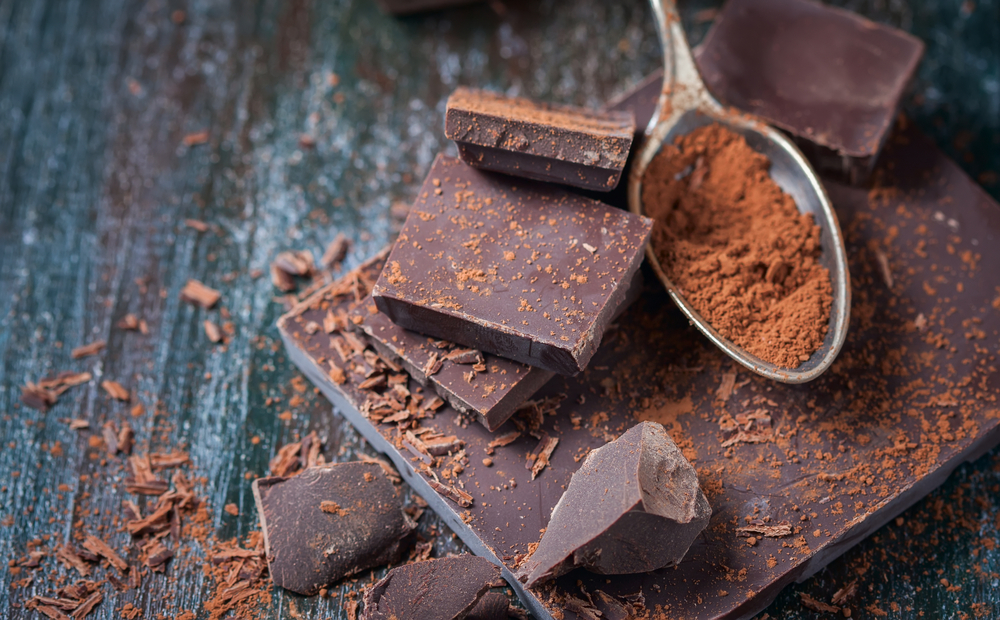
In ancient Mesoamerica, the Mayans and Aztecs used cocoa beans as a form of currency. The beans were highly valued and traded for goods and services. A rabbit, for instance, could be bought for ten cocoa beans. This practice underscores the significance of chocolate in their society. The Spanish conquistadors later adopted this tradition, spreading the use of chocolate across Europe. Over time, chocolate evolved from a currency to a beloved treat enjoyed worldwide.
Carrots Were Originally Purple
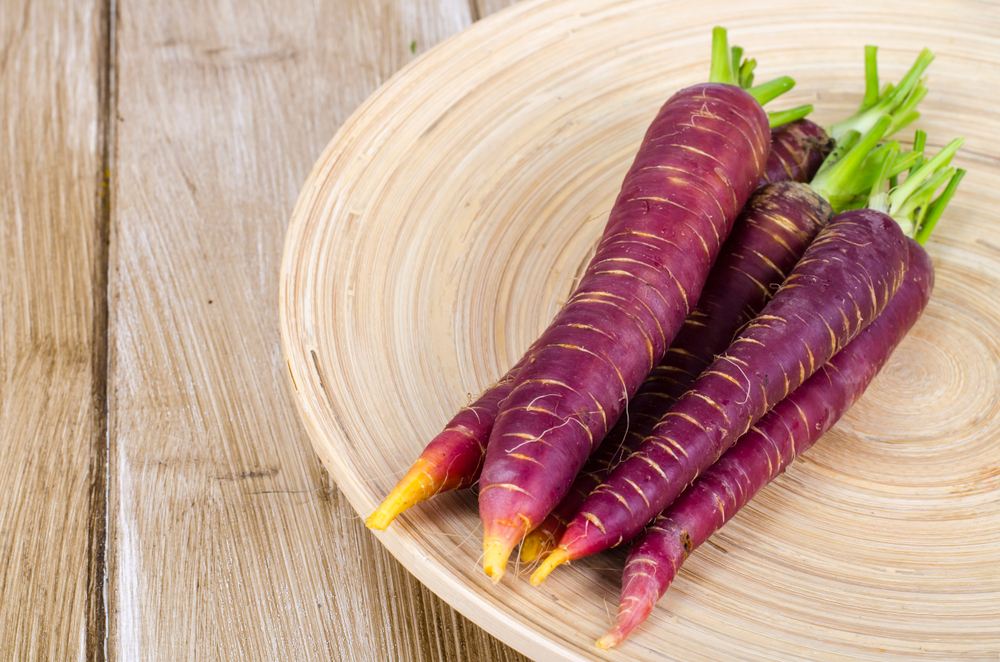
Before the 17th century, most cultivated carrots were purple, yellow, or white. Dutch farmers developed the orange carrot we know today by selectively breeding yellow and white variants. This was done to honor the House of Orange, the Dutch royal family. The orange carrot quickly gained popularity due to its sweeter taste and appealing color. The transformation of carrots is a prime example of how agricultural practices can significantly alter food crops. Today, both purple and orange carrots are enjoyed, each offering unique nutritional benefits.
Tomatoes Are Botanically Fruits
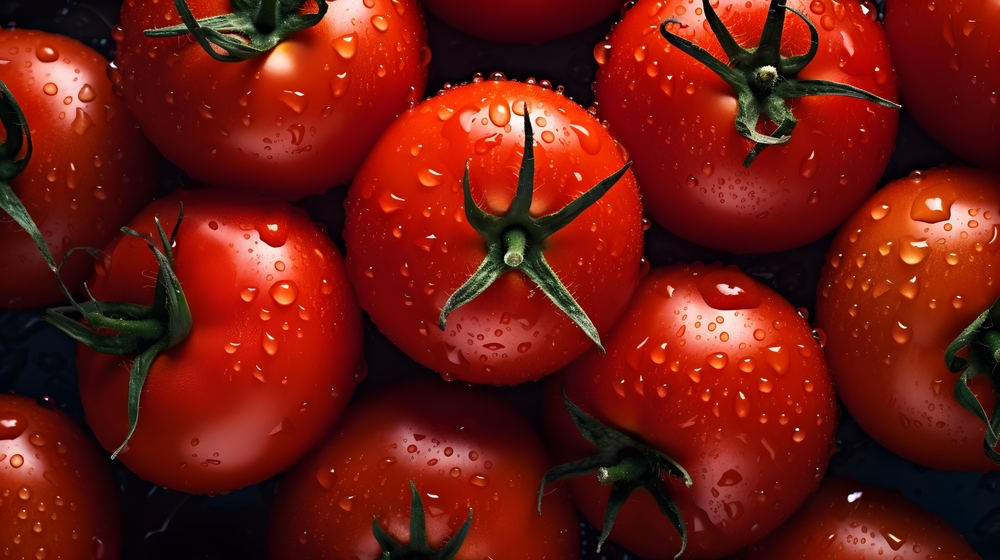
Although commonly treated as vegetables in culinary contexts, tomatoes are botanically classified as fruits. Specifically, they are berries because they develop from the ovary of a flower and contain seeds. This classification aligns them more closely with other fruits like cucumbers, pumpkins, and avocados. The confusion about their classification often arises from their savory flavor and culinary uses. Despite their botanical definition, tomatoes are versatile ingredients in various dishes, both savory and sweet.
Peanuts Aren’t Nuts
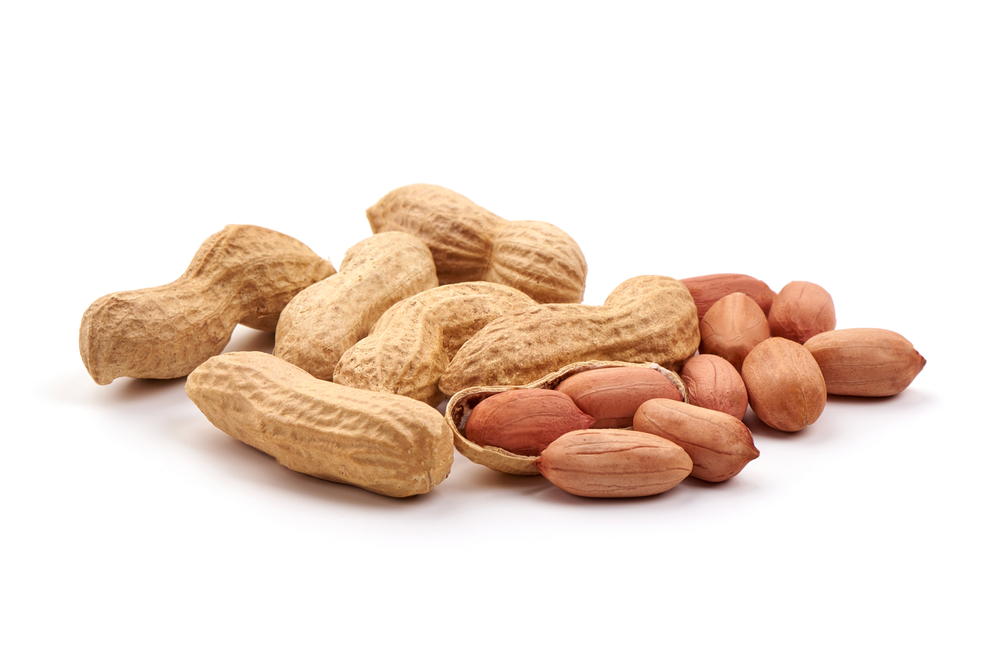
Despite their name, peanuts are legumes, not true nuts. They belong to the same family as beans and lentils and grow underground. True nuts, such as almonds and walnuts, grow on trees and are encased in a hard shell. Peanuts are rich in protein and healthy fats, making them a popular snack and ingredient in many cuisines. Their versatility extends to products like peanut butter and oil. This distinction highlights the diverse classifications within plant-based foods.
Apples Float in Water
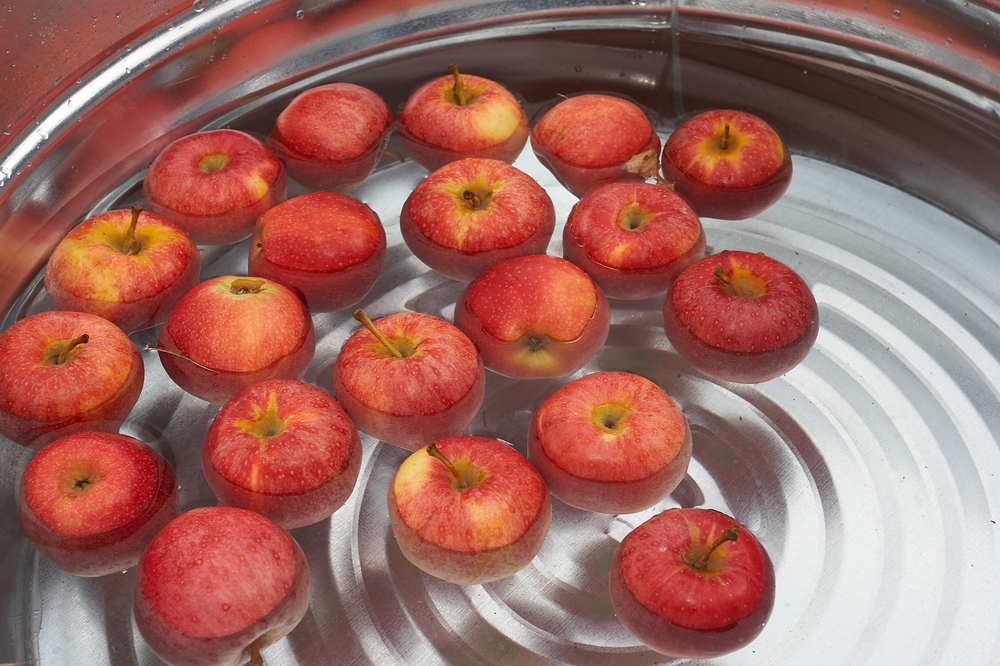
Apples are buoyant due to their high air content, which makes up about 25% of their volume. This characteristic allows them to float in water. The air pockets within apples also contribute to their crisp texture. This property is often demonstrated in games like bobbing for apples. Additionally, the varying densities of different apple varieties affect their buoyancy. This fun fact underscores the unique structural properties of common fruits.
Bananas Are Berries

Bananas are technically classified as berries, while strawberries are not. Botanically, a berry is a fleshy fruit produced from a single ovary containing seeds embedded in the flesh. Bananas fit this definition, developing from a flower with a single ovary. Conversely, strawberries form from multiple ovaries and are classified as aggregate fruits. This botanical distinction can be surprising given their common categorizations. Bananas’ classification highlights the complexity and diversity of fruit definitions.
Pineapple Eats You Back
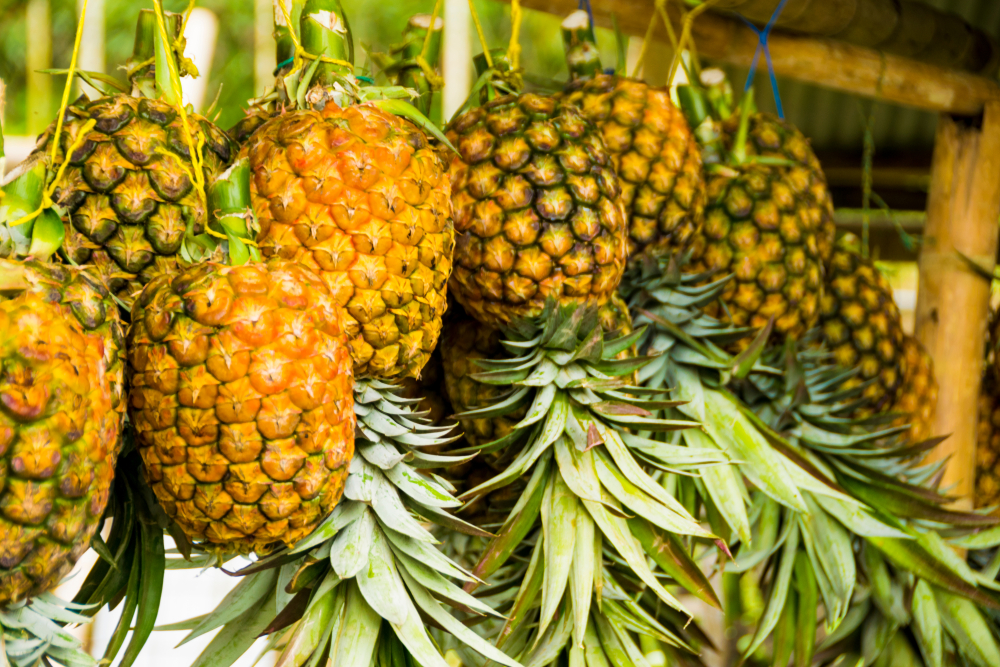
Pineapples contain an enzyme called bromelain, which breaks down proteins. When you eat pineapple, bromelain starts breaking down the proteins in your mouth, causing a tingling sensation. This enzymatic activity is why pineapple is often used as a meat tenderizer. The enzyme’s protein-digesting properties can also be beneficial for digestive health. However, bromelain is neutralized during the digestive process, so it poses no harm to the body. This unique property adds to the tropical fruit’s allure and culinary uses.
Potatoes Were the First Food Grown in Space

In 1995, NASA and the University of Wisconsin-Madison successfully grew potatoes in space. This experiment aimed to understand how plants might sustain astronauts on long-duration missions. Potatoes were chosen due to their nutritional value and ability to grow in diverse environments. The success of this project marked a significant milestone in space agriculture. It opened possibilities for cultivating food on other planets, supporting future space exploration. The experiment also provided insights into plant growth under microgravity conditions.
Raspberries Are Not True Berries
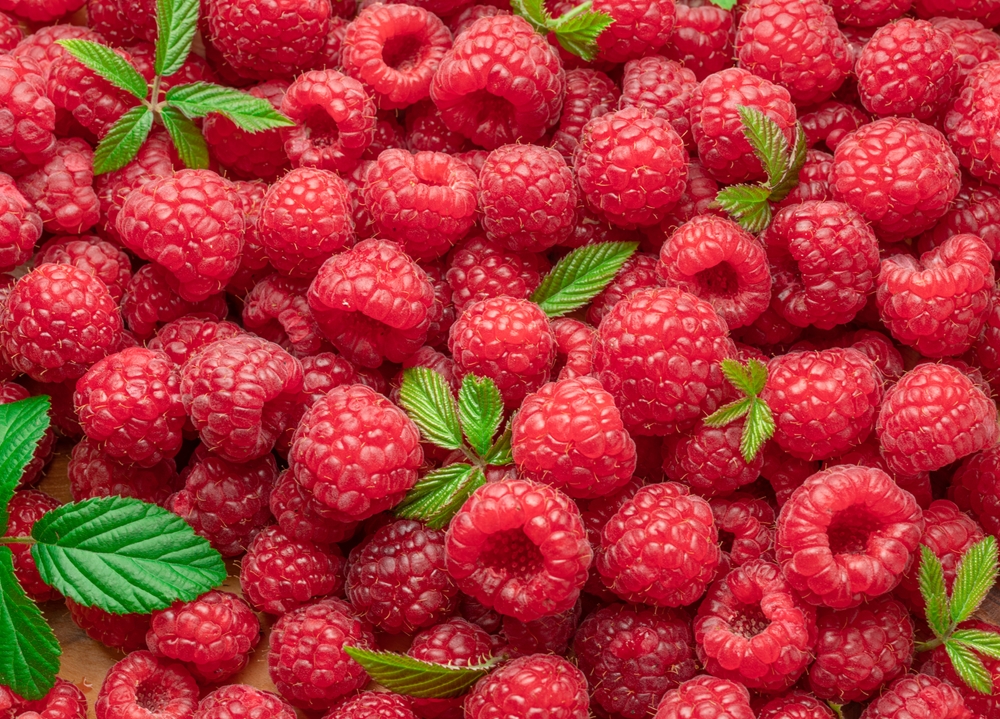
Botanically, raspberries are aggregate fruits, not true berries. They form from multiple ovaries of a single flower, each producing a small drupelet. This structure differentiates them from true berries, which develop from a single ovary. Raspberries’ complex formation contributes to their unique texture and flavor. This classification is shared with blackberries, which also consist of numerous small drupes. Understanding these distinctions reveals the intricate diversity within fruit categories.
Cashews Grow on Apples

Cashews come from the cashew apple, a fruit produced by the cashew tree. The cashew nut is actually the seed of this fruit and grows at the bottom of the cashew apple. Unlike most nuts, cashews need to be processed to remove toxic oils before consumption. The cashew apple is also edible and used in various culinary applications in tropical regions. This unusual growth pattern makes cashews unique among nuts. The processing requirements add to their overall production complexity.
Mushrooms Are Closer to Humans Than Plants
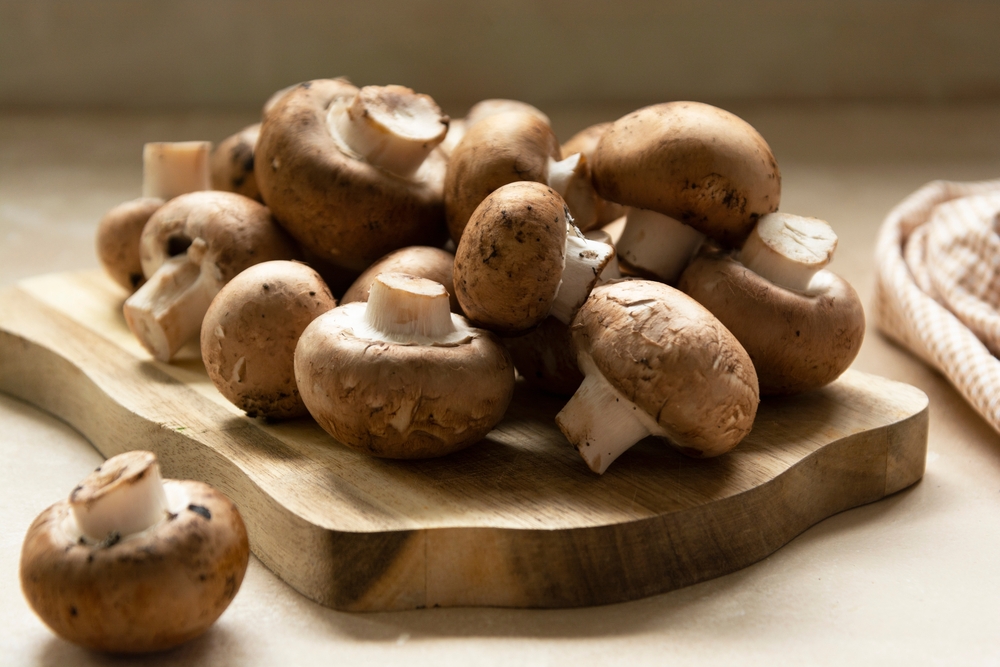
Genetically, mushrooms share more DNA with humans than with plants. Fungi, the kingdom to which mushrooms belong, are more closely related to animals than to plants. This surprising fact highlights the evolutionary relationship between different life forms. Fungi play a crucial role in ecosystems, decomposing organic matter and recycling nutrients. The genetic similarities also extend to certain biochemical processes shared by fungi and animals. This fascinating connection underscores the complexity of evolutionary biology.
Cucumbers Are 95% Water
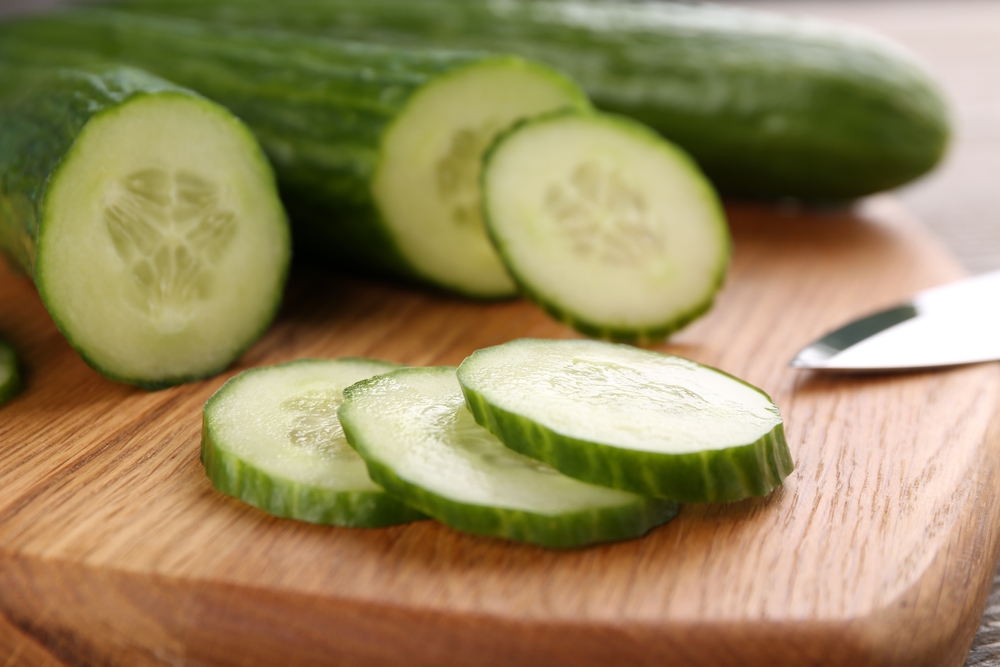
Cucumbers have an exceptionally high water content, making them one of the most hydrating foods. This composition contributes to their refreshing taste and low-calorie count. Cucumbers are often recommended for hydration and weight management due to their water content. Their high water percentage also makes them ideal for skincare and cooling applications. The nutritional benefits extend to vitamins and minerals found in cucumbers. This high hydration level is a key reason cucumbers are favored in summer salads and beverages.
Cheese Is the Most Stolen Food
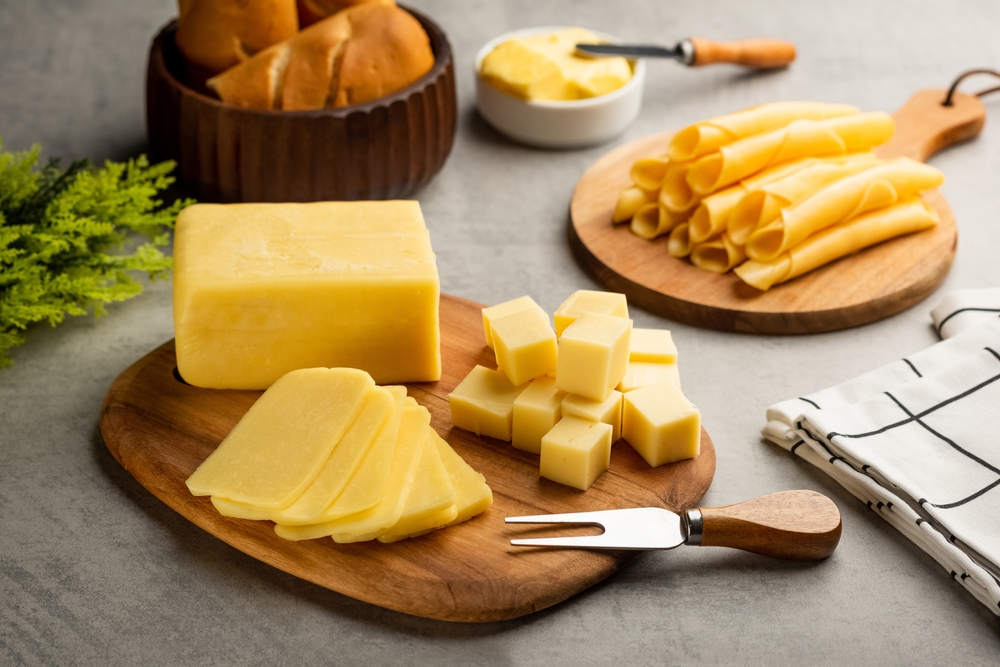
Globally, cheese is the most stolen food item. Its high value and popularity make it a common target for theft. Supermarkets and stores often report significant losses due to cheese theft. The high demand for various cheese types contributes to this phenomenon. Organized crime groups are even known to target cheese for resale. This fact highlights the challenges in food retail and the value placed on cheese in culinary cultures.
Arachibutyrophobia is the Fear of Peanut Butter Sticking to the Roof of Your Mouth

Arachibutyrophobia is a specific phobia characterized by the fear of peanut butter sticking to the roof of the mouth. This fear, while uncommon, can cause significant anxiety for those affected. The sensation of peanut butter sticking can be uncomfortable and trigger this phobia. People with this fear may avoid peanut butter and similar sticky foods. Understanding such phobias helps in recognizing the diverse ways people experience and react to food. This particular phobia highlights the unique interactions between food textures and sensory responses.
Ketchup Was Once Sold as Medicine
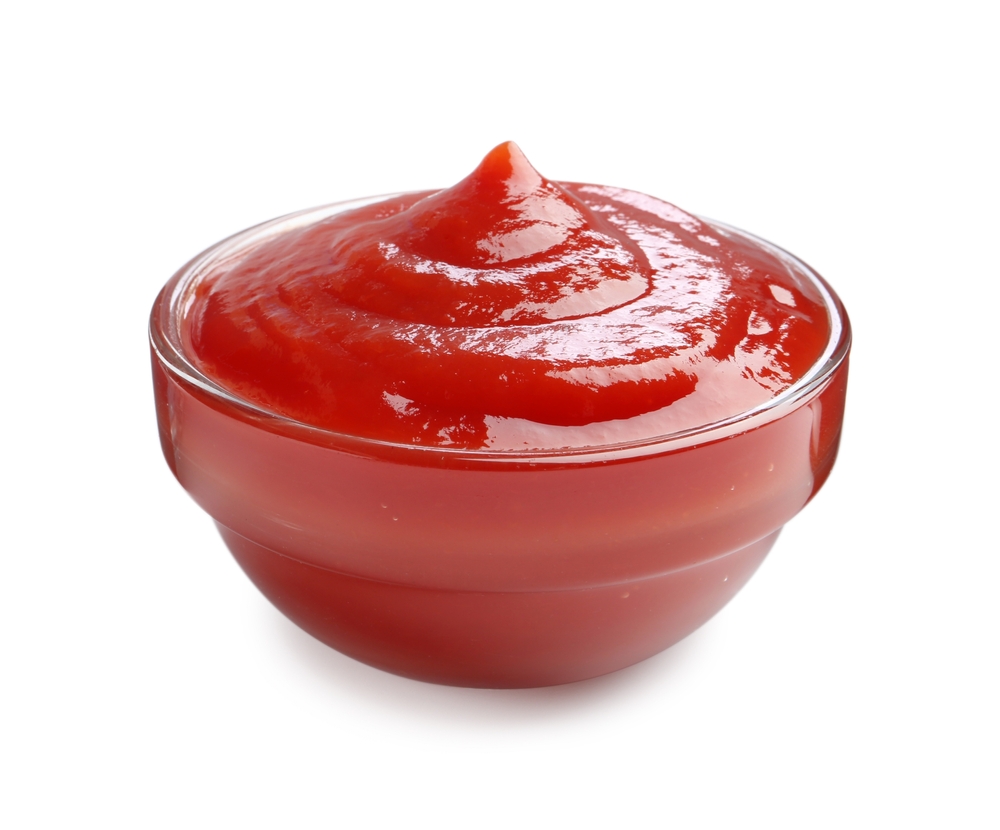
In the early 19th century, ketchup was sold as a medicine in the United States. Dr. John Cook Bennett claimed that tomato ketchup could cure ailments like diarrhea, indigestion, and jaundice. He even created a recipe for tomato pills, which became quite popular. This historical use of ketchup as a medicinal product is a testament to its perceived health benefits. Over time, ketchup transitioned from a medicinal remedy to a popular condiment. This shift reflects changes in dietary practices and medical understanding.
White Chocolate Isn’t True Chocolate
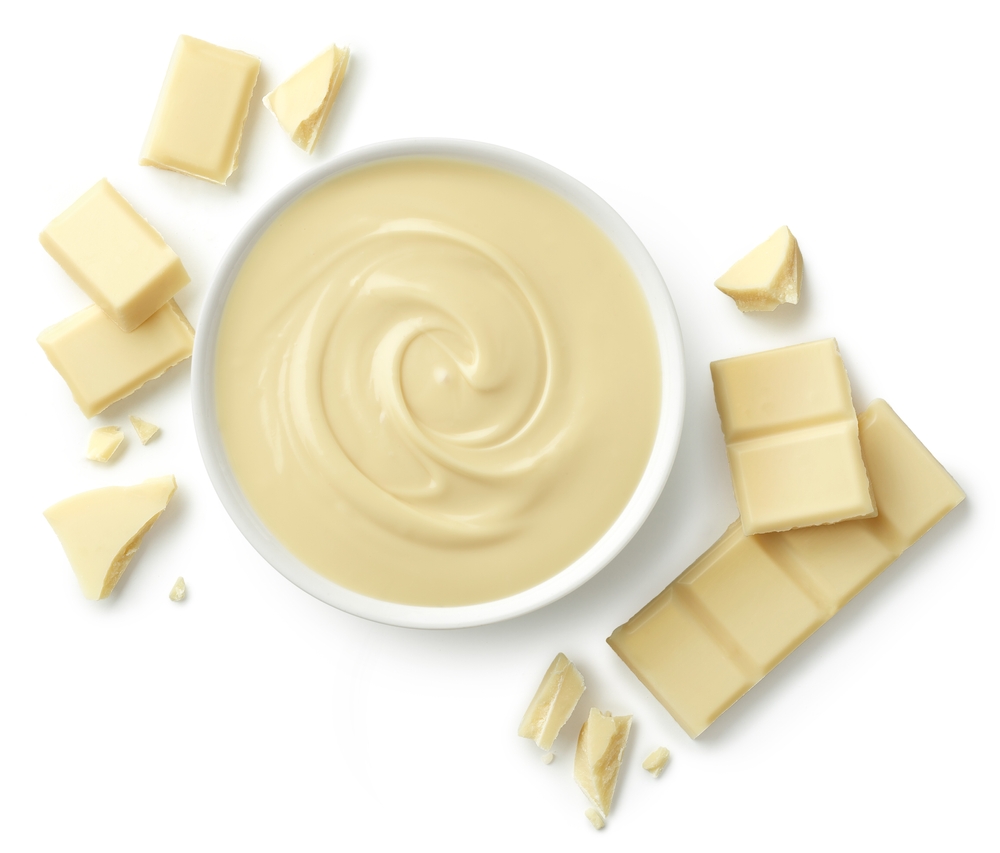
White chocolate differs from dark and milk chocolate as it lacks cocoa solids. It is made from cocoa butter, sugar, and milk solids, giving it a distinct flavor and texture. The absence of cocoa solids means white chocolate does not have the characteristic chocolate taste. This distinction often leads to debates about whether white chocolate should be classified as true chocolate. Despite this, white chocolate remains a popular ingredient in desserts and confections. Its unique composition allows for varied culinary applications.
The Popsicle Was Invented by an 11-Year-Old
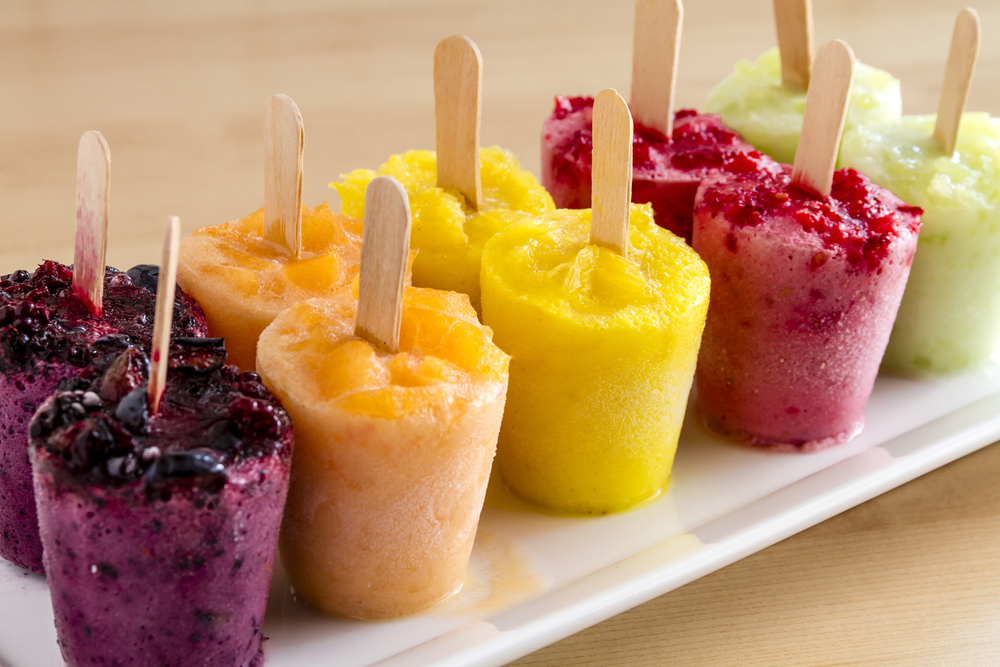
In 1905, 11-year-old Frank Epperson accidentally invented the popsicle. He left a mixture of powdered soda, water, and a stirring stick outside on a cold night. The mixture froze, creating a frozen treat on a stick. Frank called his invention the “Epsicle,” which later became known as the popsicle. This invention is a classic example of how accidental discoveries can lead to popular products. The popsicle remains a beloved frozen treat enjoyed by people of all ages.
Strawberries Have More Vitamin C Than Oranges

Strawberries are rich in vitamin C, often surpassing oranges in content per serving. This nutrient is essential for immune function, skin health, and collagen production. Consuming strawberries can help meet daily vitamin C requirements and provide additional antioxidants. Their high vitamin C content contributes to the fruit’s tangy flavor and health benefits. This fact highlights the nutritional value of strawberries and their role in a balanced diet. Including strawberries in meals and snacks can enhance overall nutrient intake.
Popcorn Is a Whole Grain
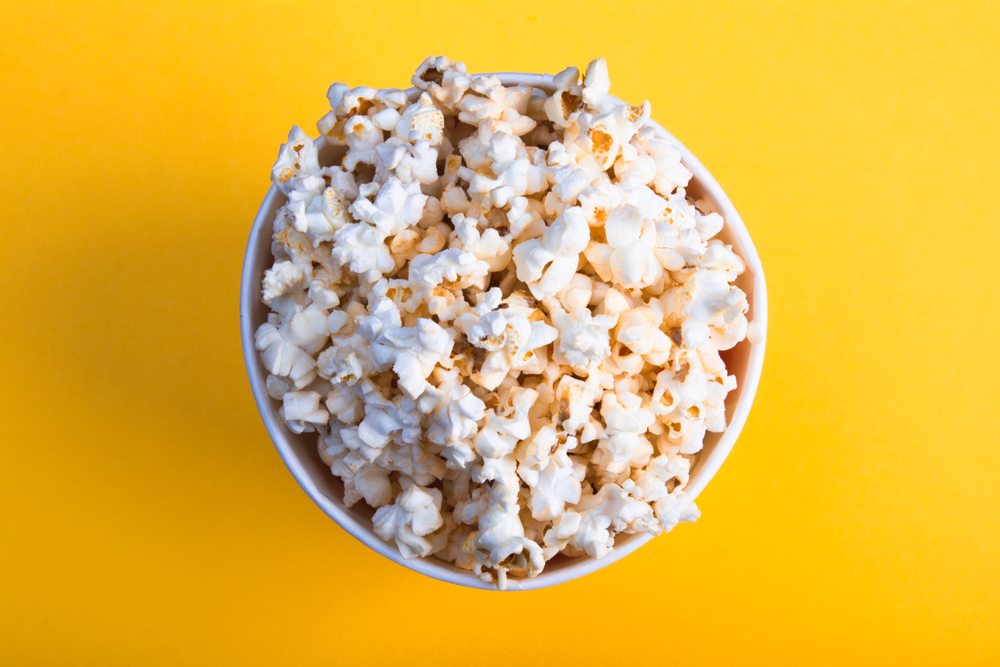
Popcorn is a type of corn that expands and puffs up when heated. It is classified as a whole grain, providing fiber, vitamins, and minerals. The air-popping method is the healthiest way to prepare popcorn, as it avoids added fats and calories. Popcorn’s high fiber content aids in digestion and promotes satiety. This makes it a nutritious and satisfying snack option. Its whole grain status underscores the importance of including diverse grains in a healthy diet.
Almonds Are Seeds, Not Nuts

Almonds are the seeds of the fruit of the almond tree. They are not true nuts but are classified as drupe seeds. The almond fruit resembles a peach and contains the edible seed inside a hard shell. This botanical classification sets almonds apart from other tree nuts. Despite this distinction, almonds are widely regarded as nuts in culinary contexts. They are valued for their nutritional benefits, including healthy fats, protein, and vitamins.
Watermelon Is Both a Fruit and a Vegetable
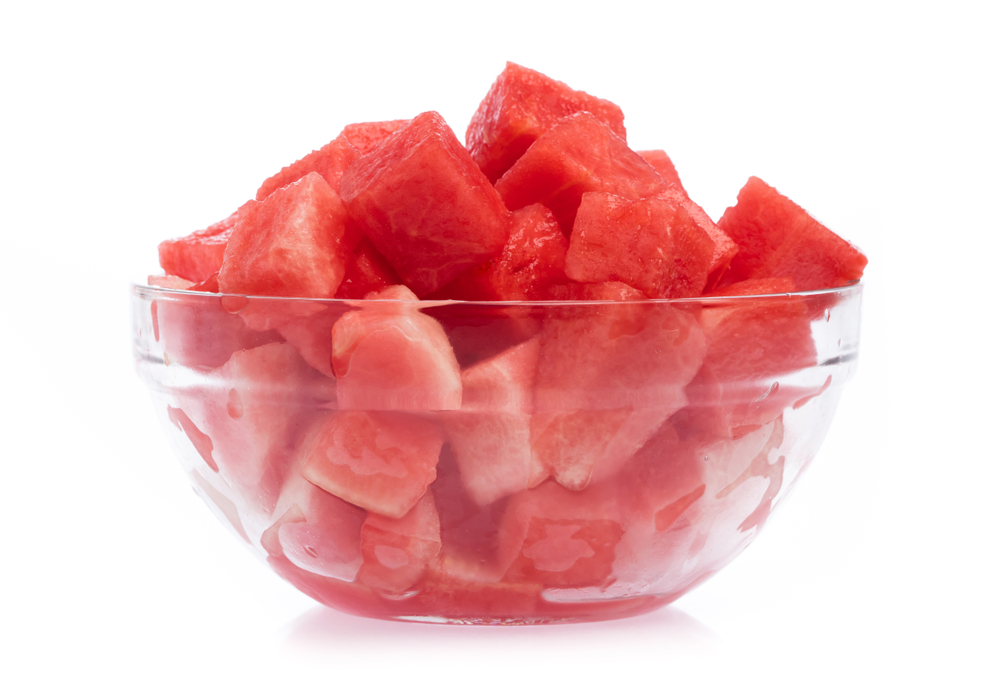
Watermelon is classified botanically as a fruit because it develops from the ovary of a flower and contains seeds. However, it is also considered a vegetable due to its cultivation methods and relation to cucumbers and squash. This dual classification makes watermelon unique among produce. Watermelon is highly hydrating, composed of over 90% water, and rich in vitamins A and C. Its versatility allows for use in both sweet and savory dishes. This dual nature adds to watermelon’s appeal and culinary flexibility.
Broccoli Contains More Protein Than Steak

Per calorie, broccoli contains more protein than steak. However, the overall protein content per serving is higher in steak due to its calorie density. Broccoli is also packed with vitamins, minerals, and fiber, making it a highly nutritious vegetable. Its high protein content is beneficial for vegetarians and vegans seeking plant-based protein sources. This comparison highlights the nutritional advantages of including a variety of foods in one’s diet. Broccoli’s health benefits extend beyond its protein content, contributing to overall well-being.
Coffee Beans Are Seeds
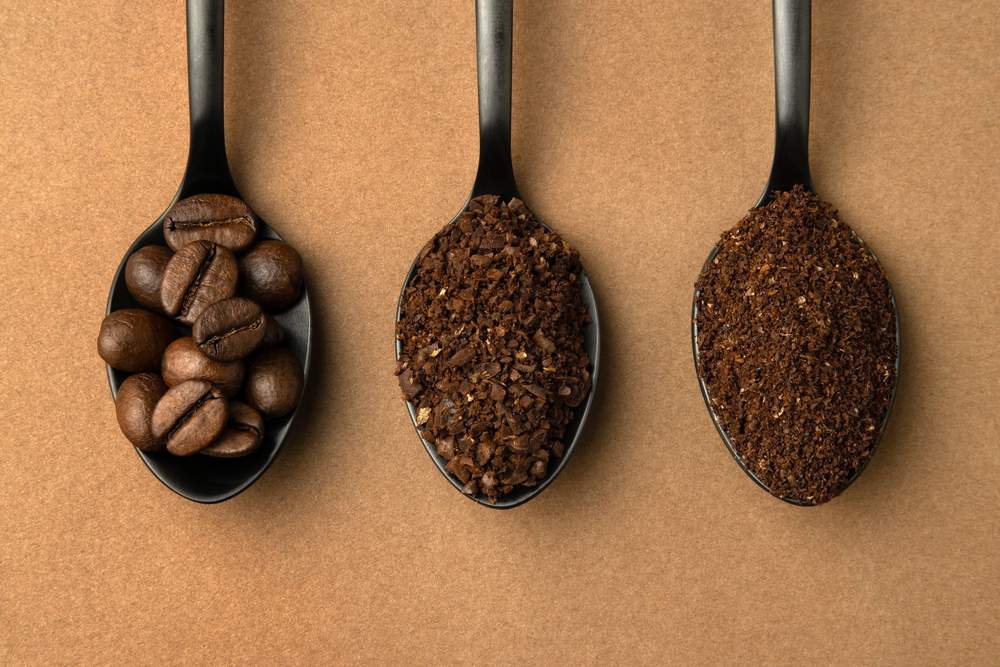
What we commonly refer to as coffee beans are actually the seeds of the coffee fruit, often called cherries. These seeds are extracted, processed, and roasted to produce coffee. The coffee cherry itself is a fruit, making the seeds botanically classified as drupe seeds. This process transforms the raw seeds into the aromatic coffee we enjoy. Understanding this classification provides insight into the coffee production process. The journey from seed to cup involves numerous steps, each contributing to coffee’s unique flavor.
Worcestershire Sauce Contains Anchovies
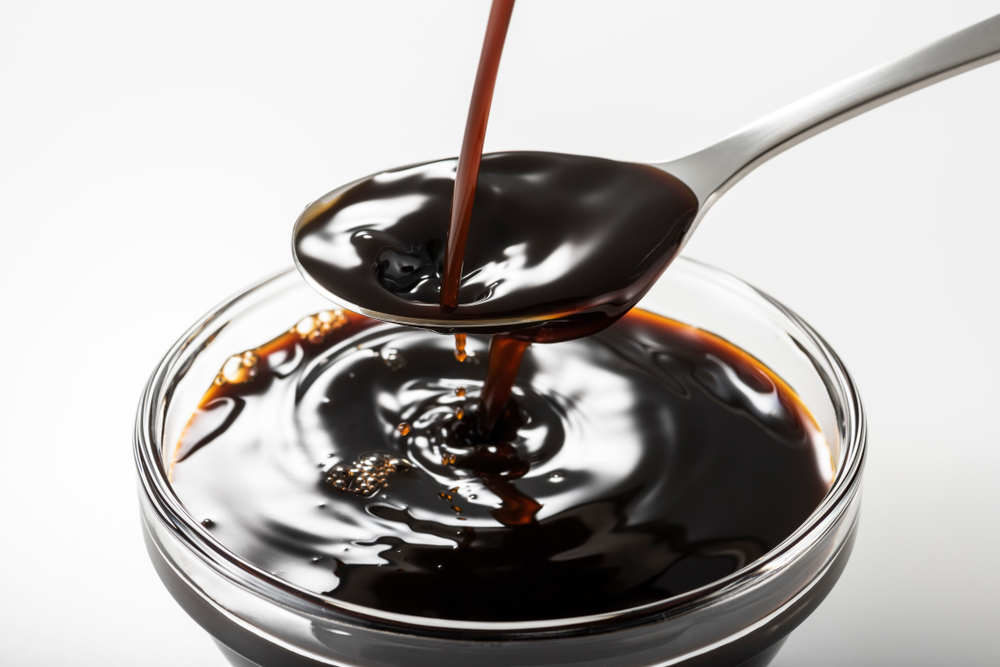
Worcestershire sauce, a popular condiment, contains fermented anchovies as a key ingredient. The anchovies contribute to the sauce’s complex umami flavor. This fermentation process, combined with other ingredients like vinegar, molasses, and tamarind, creates its distinct taste. The inclusion of anchovies often surprises those who assume the sauce is purely plant-based. Worcestershire sauce is widely used to enhance the flavor of various dishes. Its rich history and unique ingredients make it a staple in many kitchens.








